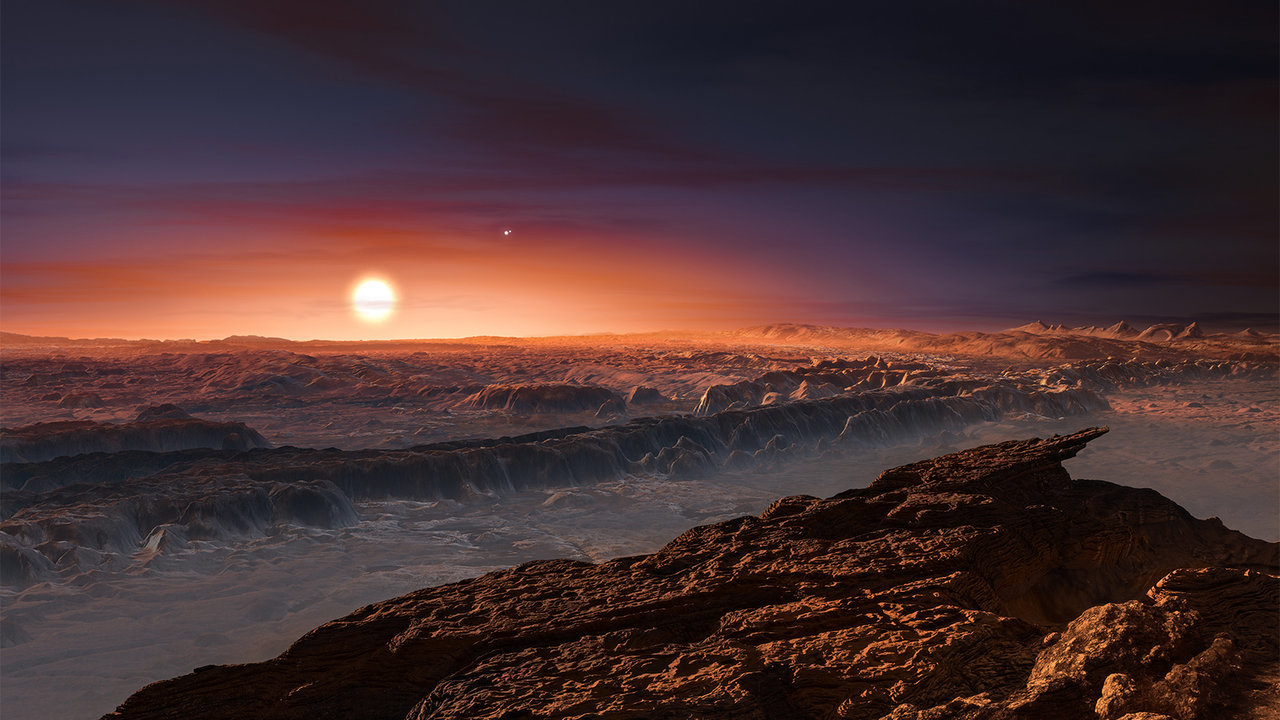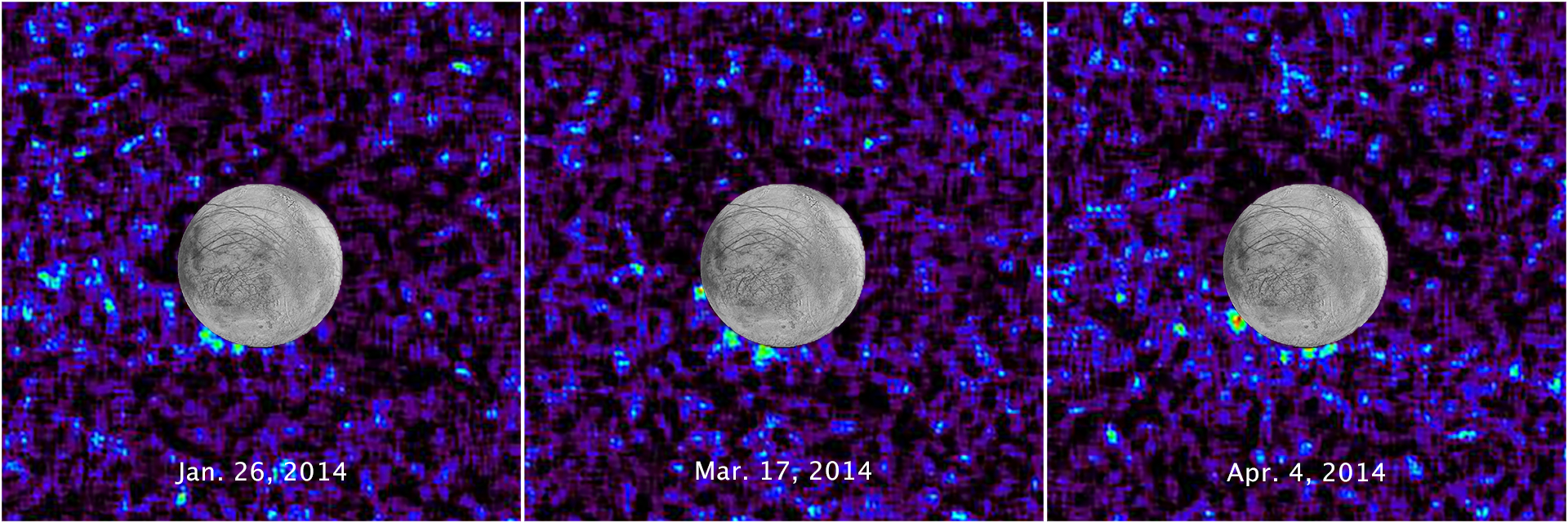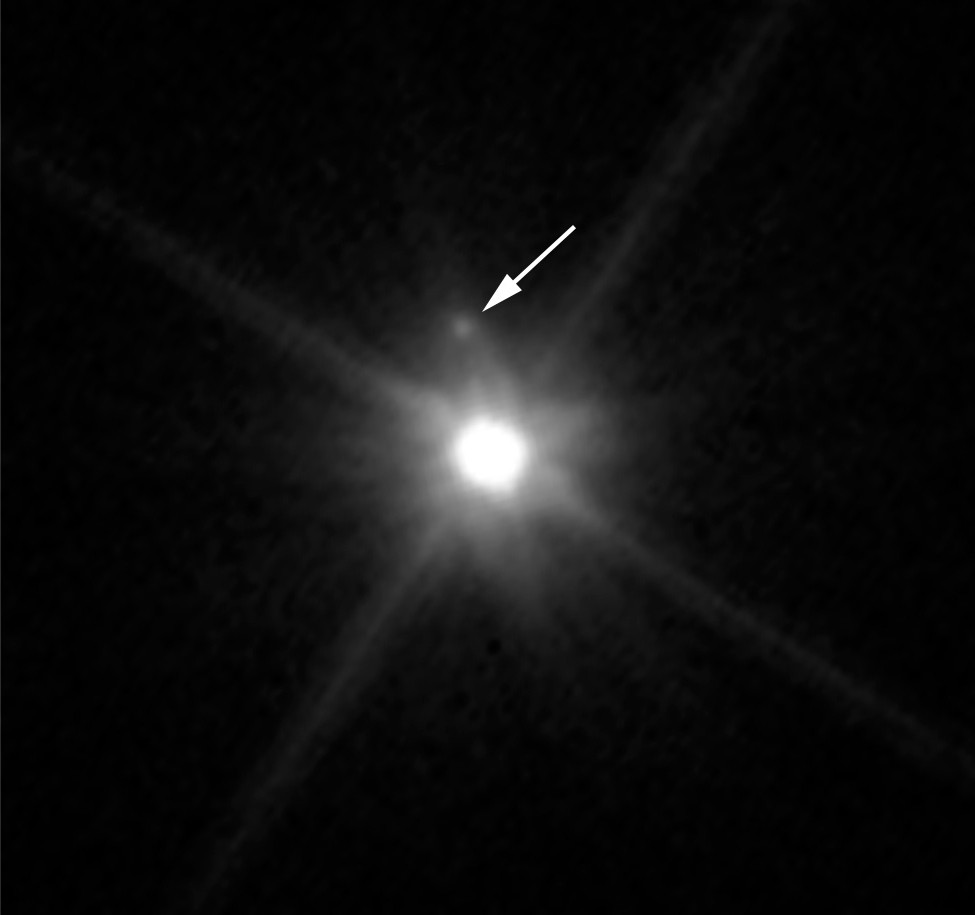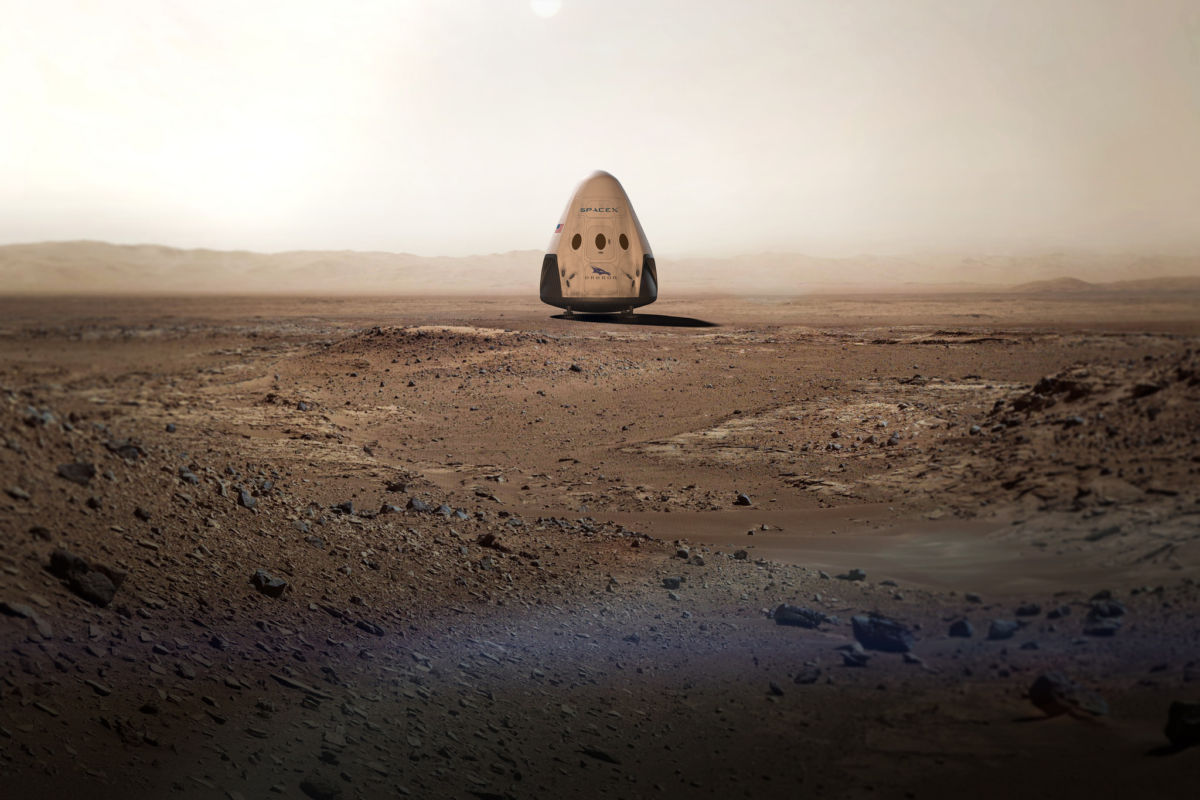Out of This World! The Most Amazing Space Discoveries of 2016
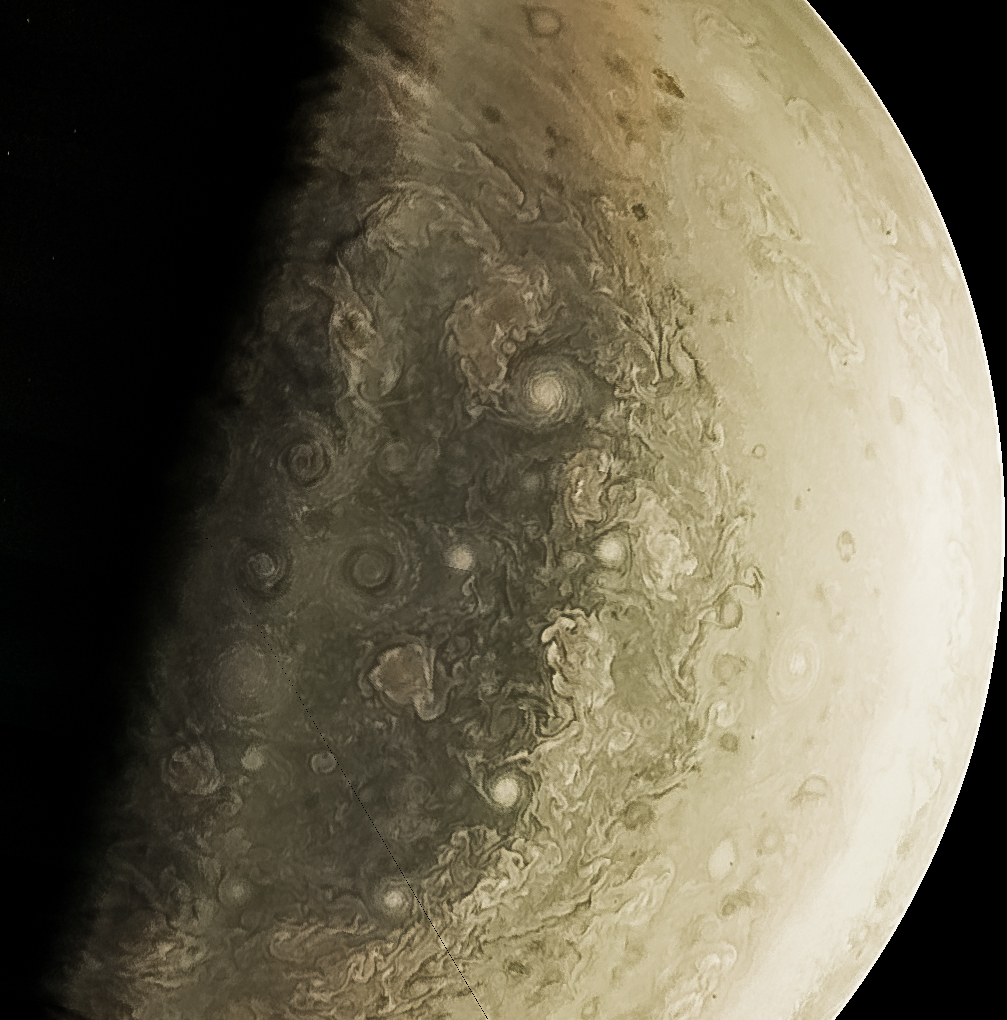
2016 has been a bountiful year for space science. Before the calendar runs out, here's our list of the biggest space stories and events of the past 12 months.
There were monumental new discoveries, including the first-ever direct detection of gravitational waves, which gives scientists access to a whole new realm of information about cosmic events. This year, scientists also discovered a potentially habitable planet orbiting the star nearest to Earth's sun.
As always, there were also hurdles and setbacks. The ExoMars mission sent both an orbiter and a lander to the Red Planet, but the lander crashed into the planet's surface before it could begin its science mission. And multiple studies searching for signs of a particle that could explain mysterious dark matter turned up empty.
As the year winds down, 2016 also leaves us with some tantalizing possibilities for 2017, like the potential observation of a ninth planet beyond Pluto orbiting our sun. But before we look ahead, let's look back. Here are the biggest and best space science stories of 2016.
First-ever direct detection of gravitational waves
In February, the Laser Interferometer Gravitational Wave Observatory (LIGO) collaboration made physics history when it announced the first direct detection of gravitational waves — ripples that stretch and compress space itself. Albert Einstein showed that space and time are fundamentally linked, so gravitational waves actually pass through the cosmic fabric known as space-time.
The direct detection of gravitational waves opens up an entirely new realm for astronomy because these waves carry information about the objects and events that create them, and this information is not conveyed by any other means. Right now, scientists can study the universe by collecting light from distant objects (and, in some cases, other kinds of particles), but gravitational waves are not created by the same mechanisms that create light. LIGO made two gravitational-wave detections this year (the second was announced in June), and in both instances, the waves came from two black holes swirling around each other and colliding. Those mergers would have been invisible to astronomers were it not for gravitational waves. As LIGO continues to study the sky, scientists are eager to see what other cosmic treasures it uncovers.
[Further Reading: Gravitational Waves Detected by LIGO: Complete Coverage]
Breaking space news, the latest updates on rocket launches, skywatching events and more!
A planet around the nearest star to Earth's sun
The star Proxima Centauri lies just 4.2 light-years from Earth's sun — a stone's throw, cosmologically speaking. In August, scientists discovered a planet orbiting in Proxima Centauri's habitable zone, or the region where liquid water might exist on the planet's surface (and thus boosting the odds that life might have evolved there). This newly discovered planet, dubbed Proxima b, has a minimum mass of about 1.27 times Earth's mass, further increasing the possibility that this planet could be habitable.
Shortly after the discovery was announced, a group called Project Blue started fundraising to build a space telescope with the targeted mission of studying Proxima b and looking for signs of life there.
In April, the Breakthrough Foundation — whose board members include physicist Stephen Hawking, Facebook founder Mark Zuckerberg and entrepreneur Yuri Milner — announced an initiative called Breakthrough Starshot, which will aim to send a microchip-size spacecraft to another star. With the discovery of Proxima b, the Starshot project organizers announced that they would target this newfound planet, and potentially search for signs of life. The spacecraft would be accelerated with a massive (and expensive) laser system, and would still take about 20 to 25 years to reach Proxima b.
[Further Reading: New Planet 2016: Complete Coverage of Proxima b's Discovery]
Ice deposit on Mars is bigger than Lake Superior
A massive ice deposit spanning a region the size of New Mexico was discovered in Mars' mid-northern latitudes. The deposit lies between 3 and 33 feet (1 to 10 meters) below the Red Planet's surface, it's between 50 and 85 percent water (the rest is dirt), and its total volume is about the same as that of Lake Superior, which holds about 2,900 cubic miles (12,100 cubic kilometers) of water.
The ice deposit could be useful if humans eventually settle on Mars. The region where the deposit was found, called Utopia Planitia, could be easily accessible by spacecraft because it is relatively flat and low-lying. The ice deposit was discovered using the Shallow Radar (SHARAD) instrument aboard the Mars Reconnaissance Orbiter.
[Further Reading: Photos: The Search for Water on Mars]
Hubble spies potential water plumes on Europa
The Hubble Space Telescope has spied what appear to be plumes of water erupting from the surface of Jupiter's moon Europa. This icy satellite may harbor a liquid water ocean deep below its surface, and scientists think that ocean could have the right ingredients for life. NASA is currently planning to send an orbiting probe to study Europa in the 2020s.
If Europa is indeed spewing water from its ocean into space, that opens up the door for an orbiting mission to sample the water (without having to drill into the ice or even land) and look for hints of biology there. The Hubble telescope had spotted a plume erupting from Europa in 2012, but that detection seemed like it might have been a rare outlier, because no plume activity was observed in the intervening years.
[Watch This Video for More: Possible Water Vapor Plumes on Europa Spotted by Hubble Again (Video)]
Dark-matter search comes up empty
Four studies released this year came up empty in a search for a particle that could possibly compose the mysterious substance known as dark matter. Although dark matter does not radiate, reflect or block light (and is thus invisible in the traditional sense), dark matter's gravity can bend light, giving scientists the opportunity to detect it. There are various other bits of evidence that indicate dark matter not only exists but is five times more common in the universe than "regular" matter (the stuff that makes up stars, planets and people).
The first study came from the incredibly sensitive Large Underground Xenon dark matter experiment, which failed to detect signs of a hypothetical particle called a weakly interacting massive particle (WIMP). The negative results don't rule out WIMPs, but they do put new restraints on the potential characteristics of a WIMP dark matter particle. Two additional searches for WIMPs were conducted using data from the Fermi Gamma-ray Space Telescope, which collects high-energy particles from the universe. Those searches also came up empty. A final study looked for signs of another hypothetical particle, called an axion, using Fermi data from one particular galaxy, but it turned up no such evidence.
[Further Reading: The Search for Dark Matter in Images]
Tabby's Star saga continues
In 2011 and 2013, a distant star known as KIC 8462852 (also known as Tabby's Star) appeared to dip in brightness as seen from Earth. This kind of brightness change can occur when an object such as a planet passes in front of a star, but planets orbit their parent stars on a regular time loop, and the changes in brightness coming from Tabby's Star were highly irregular. In 2015, a hypothesis emerged that captured the public imagination: Maybe an alien civilization had built some kind of megastructure around Tabby's Star, periodically blocking the star's light as seen from Earth. Alternative explanations (all of which seem far more likely) were produced, but there's not enough evidence to fully explain the mystery.
In 2016, the saga of Tabby's Star continued. New evidence suggested that the star's sporadic dimming might have been going on for a century. That makes it unlikely that the source of the dimming is a swarm of comets, but it could also make it unlikely that an alien megastructure is to blame. Further observations revealed that the star not only demonstrated periods of rapid brightening but was apparently decreasing in brightness overall.
That hasn't discouraged people from investigating the star further. The Breakthrough Listen initiative, which will spend $100 million over the next 10 years to hunt for signals possibly produced by alien civilizations, plans to study Tabby's Star with the 330-foot-wide (100 m) Green Bank Telescope in West Virginia. Astronomer Tabetha "Tabby" Boyajian of Yale University (for whom the star is nicknamed) was part of the team that originally identified the star's irregular behavior. Boyajian and her colleagues collected more than $100,000 through a Kickstarter crowdfunding campaign, and they plan to use those funds to pay for telescope time to study Tabby's Star further.
[Further Reading: Alien Megastructure? 'Tabby's Star' Continues to Baffle Scientists]
Dwarf planet Makemake has its own moon!
The dwarf planet known as Makemake lies even farther out in the cold reaches of the Kuiper Belt than Pluto, at about 45 times the distance between the Earth and the sun. But it's not alone out there: Earlier this year, scientists using the Hubble Space Telescope discovered a small moon orbiting Makemake (pronounced MAH-kay-MAH-kay). This miniature companion is thought to be about 100 miles (160 km) wide. (Makemake itself is about 870 miles, or 1,400 km, wide — or a little more than half the diameter of Earth's moon.) Scientists will watch the orbital dynamics of Makemake and its moon to learn more about the dwarf planet, including its density.
[Further Reading: Dwarf Planet Makemake Has a Moon | Video, Dwarf Planet Makemake: An Icy Wonder in Pictures]
Exciting Developments in 2016:
In addition to the above science results, 2016 gave ys some tantalizing hints about new science we can expect to hear about in 2017 and the years ahead.
Juno arrives at Jupiter
NASA's Juno spacecraft arrived at Jupiter on July 4, and settled into its unique orbit with the giant planet. The plan was to have Juno make a close approach of Jupiter every two weeks, but a thruster problem forced the probe to stay in a longer orbit and instead make a close approach of Jupiter every 53 days.
Even though no major science results have been produced by the Juno science team yet, the JunoCam instrument has been sending back stunning images of the Jovian giant, providing an unprecedented look at this gaseous monster. Juno principal investigator Scott Bolton said the images are already providing tantalizing hints about the science that Juno will produce.
[Further Reading: Photos of NASA's Juno Mission to Jupiter]
ExoMars arrives at the Red Planet
The ExoMars mission, a collaboration between the European Space Agency and Russia's Roscosmos, was designed with two parts: an orbiting satellite and a surface lander. But the lander met an early end when the landing technology malfunctioned, causing the probe to crash into the Martian surface.
But the orbiter remains operational, and it's gathering information that will help inform the next phase of the ExoMars project: sending a rover to the Martian surface. The rover will include a drill that will dig to depths of up to 6.5 feet (2 m) into Mars' dirt and soil.
[Watch This Video for More: Red But Not Dead - ExoMars Orbiter to Look for Water and Life | Video]
SpaceX plans to visit Mars by 2018
In September, SpaceX founder and CEO Elon Musk delivered a long-awaited speech outlining the company's plans to eventually build human colonies on Mars. But before SpaceX starts sending humans to the Red Planet, it could help serve various science objectives, such as returning dirt samples collected by NASA's Mars 2020 rover (scheduled to launch in 2020).
In April, Musk announced on Twitter that the company plans to send uncrewed landers to the surface of Mars as early as 2018. Although NASA will offer technical support for SpaceX's first missions to the Red Planet, the agency announced this month that it will not send science equipment on the very first SpaceX missions. Instead, the agency will wait until SpaceX has proved out the technology.
[Further Reading: SpaceX's Interplanetary Transport for Mars in Images]
'Planet Nine' may lurk beyond Pluto
Early this year, a group of scientists announced that they had found significant evidence to suggest that there is a planet the size of Neptune beyond Pluto, orbiting our sun. The so-called Planet Nine hasn't been observed directly yet, but the movement of other bodies in that outer part of the solar system indicates the presence of a massive body, the researchers said.
The group, led by Mike Brown of the California Institute of Technology, produced more evidence later in the year, as they looked at more data tracking the precise motion of small bodies in the Kuiper Belt (the region of the solar system beyond Neptune that is filled with small, rocky, icy bodies). Theories have also emerged about where the planet came from and how it arrived at its distant — and likely very tilted — orbit around the sun. The authors of the paper also have proposed ways that the planet could be spotted by modern telescopes, as well as the general region where they say the planet should be orbiting. Perhaps 2017 will be the year Planet Nine is found.
[Further Reading: Planet Nine: Theories About the Hypothetical Planet]
Follow Calla Cofield @callacofield. Follow us @Spacedotcom, Facebook and Google+. Original article on Space.com.

Calla Cofield joined Space.com's crew in October 2014. She enjoys writing about black holes, exploding stars, ripples in space-time, science in comic books, and all the mysteries of the cosmos. Prior to joining Space.com Calla worked as a freelance writer, with her work appearing in APS News, Symmetry magazine, Scientific American, Nature News, Physics World, and others. From 2010 to 2014 she was a producer for The Physics Central Podcast. Previously, Calla worked at the American Museum of Natural History in New York City (hands down the best office building ever) and SLAC National Accelerator Laboratory in California. Calla studied physics at the University of Massachusetts, Amherst and is originally from Sandy, Utah. In 2018, Calla left Space.com to join NASA's Jet Propulsion Laboratory media team where she oversees astronomy, physics, exoplanets and the Cold Atom Lab mission. She has been underground at three of the largest particle accelerators in the world and would really like to know what the heck dark matter is. Contact Calla via: E-Mail – Twitter
